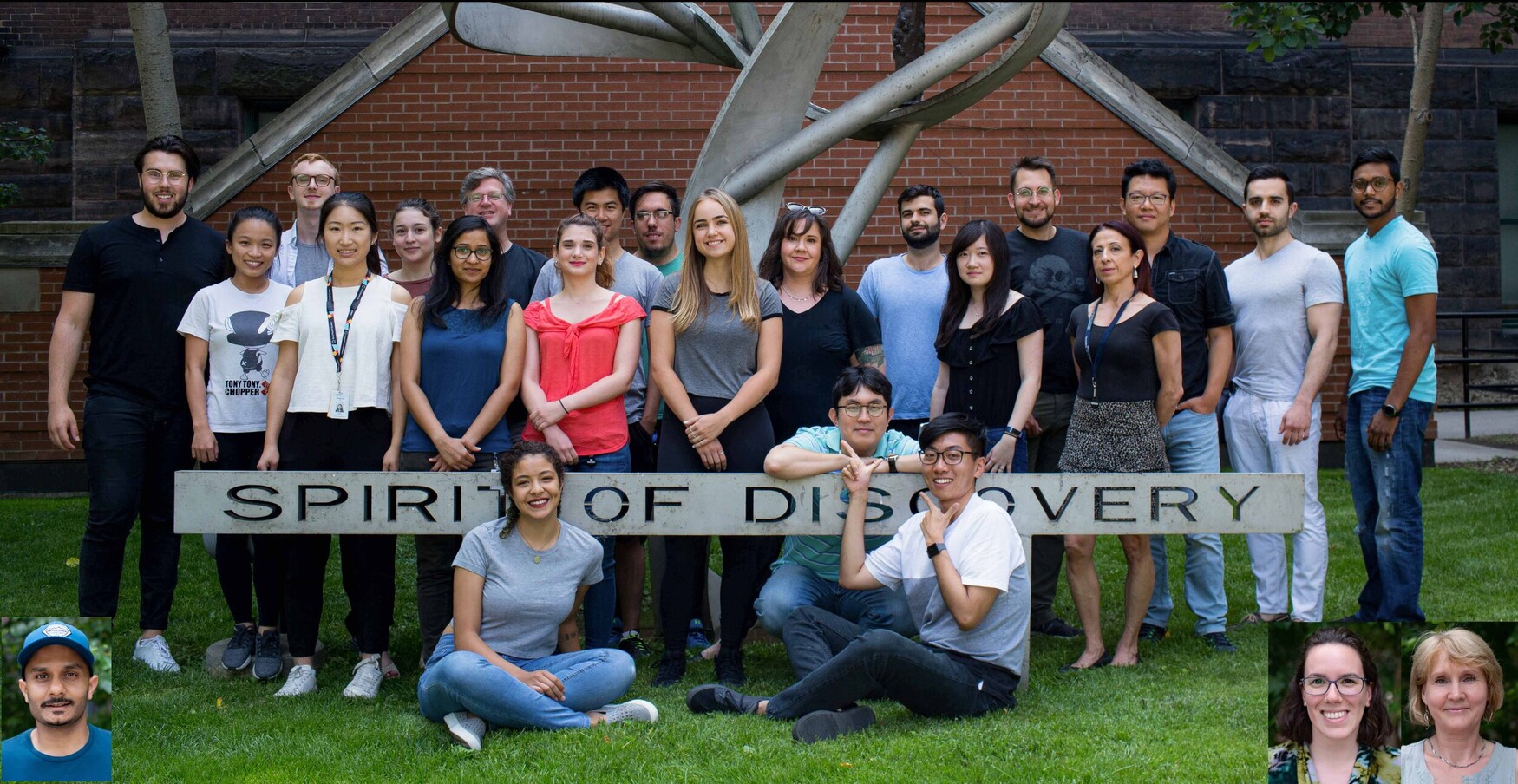
With the spread of SARS-CoV-2 (the virus that causes the COVID-19 respiratory disease) posing a global threat not seen since the 1918 influenza, scientists are quickly trying to understand its viral life cycle.
To this end, researchers across the world have mobilized their labs to enable rapid resource and information sharing across common repositories; working around the clock to understand the molecular pathways manipulated by SARS-CoV-2 and develop/identify therapeutics that can curtail the COVID-19 pandemic.
A team spearheaded by researchers from the Lunenfeld-Tanenbaum Research Institute (LTRI) at Sinai Health System and the University of Toronto has developed a collection of SARS-CoV-2 research tools that enable study of how the virus targets human cells and causes disease.
Dr. Fritz Roth, a senior scientist at the LTRI at Sinai Health System and Professor at the University of Toronto’s Donnelly Centre and Department of Molecular Genetics, is a senior author on the work, described in a non-peer-reviewed preprint to accelerate dissemination.
“Until effective vaccines and/or therapies emerge, we must explore all avenues”, Roth said. “To shed light more broadly, we need a fundamental understanding of the virus.”
His group generated a collection of DNA fragments that encode proteins made by SARS-CoV-2 in human cells, and is already distributing these essential reagents to researchers across the world directly and via the non-profit Addgene repository.
Roth highlights how these reagents will allow researchers to take a reductionist approach to understanding the individual functional units of the virus (proteins).
“To shed light more broadly, we need a fundamental understanding of the virus … Understanding the structure of SARS-CoV-2 proteins, how they fit together, and how they are bound by drugs and antibodies requires that we be able to express these proteins in various cell types.”
Roth further says they designed these resources to enable studying across various systems, improving efficiency and completeness of SARS-CoV-2 research.
Dae-Kyum Kim, a postdoctoral fellow who led the project, further highlights the ability and importance of being able to study the virus without the requirement of handling the infectious virus, which is a significant barrier in most research settings.
“Any lab can now study and see interactions between SARS-CoV-2 and human proteins without needing special facilities,” said Dae-Kyum Kim. “Additionally, this allows them to study this virus without the danger of any infection”.
Jennifer Knapp, a lab coordinator in Dr. Roth’s group, notes the importance of communication and teamwork to working effectively during these troubled times.
“It has been encouragingly easy to find help among lab members and among collaborators. Everyone is very eager to do what they can to help”, said Knapp. “This truly is an unprecedented time for everyone, but it’s refreshing to see how quickly everyone is responding and offering various resources to the community”.
These resources were also generated in collaboration with laboratories at University of Toronto-affiliated hospitals led by Drs. Brian Raught and Anne-Claude Gingras, and with Dr. Yves Jacob at the Pasteur Institute and others in France, further highlighting the importance of worldwide collaborations enabling SARS-CoV-2 research.
This work was supported by a Canadian Institutes of Health Research Foundation Grant, the Canada Excellence Research Chairs Program, the LabEx Integrative Biology of Emerging Infectious Diseases, the Natural Sciences and Engineering Research Council of Canada and by the National Research Foundation of Korea.